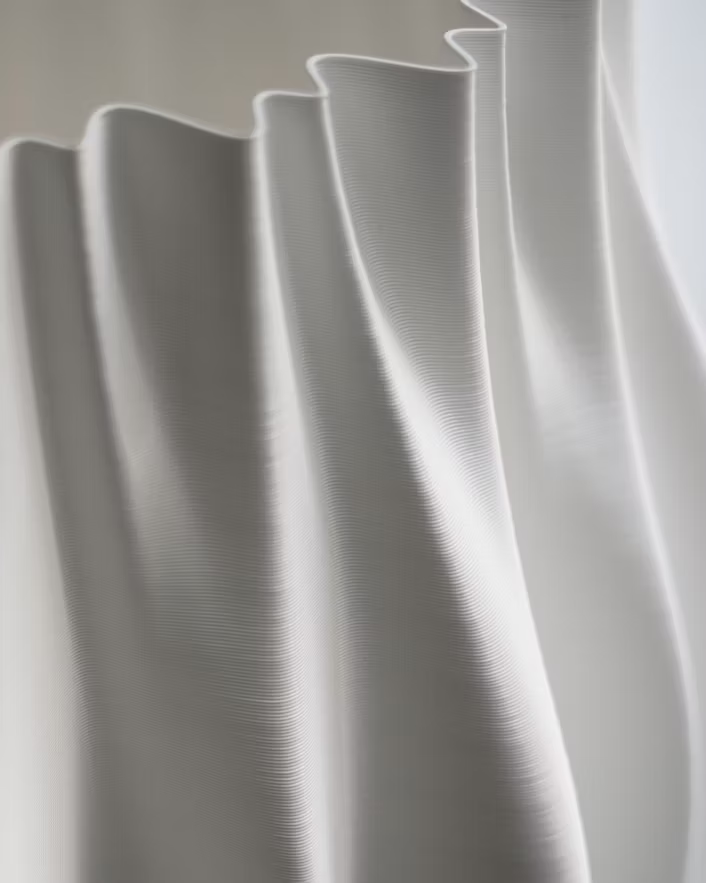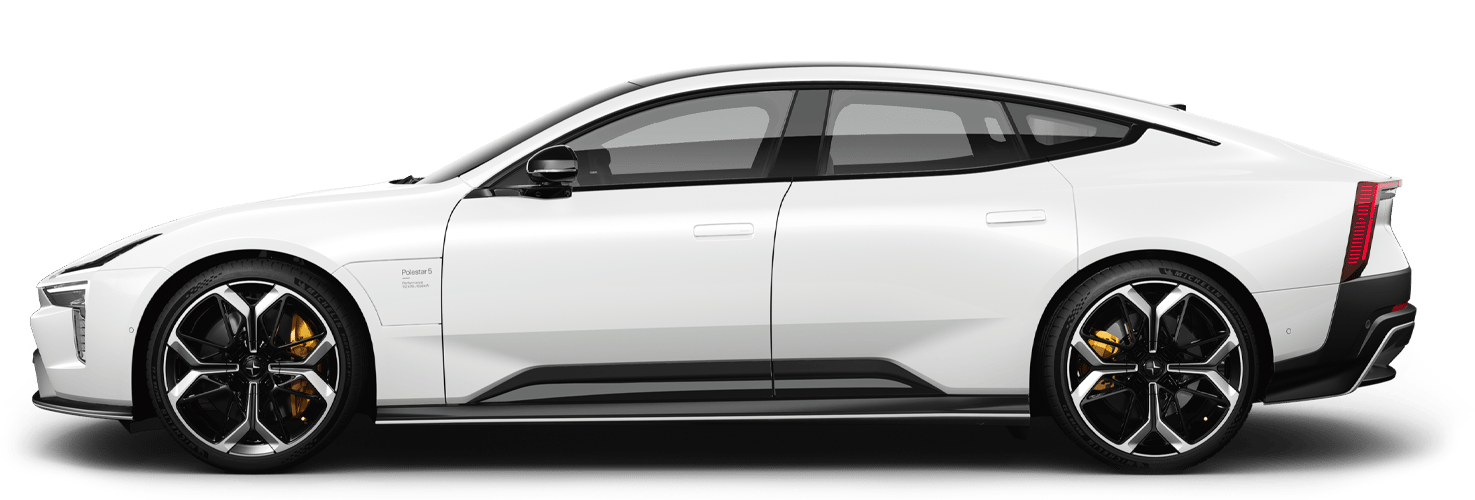Exploring the intersection of art, design, and sustainability: Meet Julia Koerner
Austrian designer Julia Koerner, renowned for her innovative work in the realms of architecture, product design, and fashion, offers a unique perspective on the convergence of technology, sustainability, and creativity.
What is 3D printing?
With a long career that has taken her from Vienna to London, Los Angeles, and back again, Julia's journey shows a commitment to pushing the boundaries of design through digital fabrication and 3D printing. But before we dive into the work of Julia Koerner, we must first answer the simple question: “What is 3D printing?”
First, there are two types of manufacturing processes: subtractive and additive. The former removes material to create objects, while the latter builds objects by adding material layer by layer. You can imagine subtractive manufacturing as having a block of marble and carving out a statue, and additive as building the statue by combining layers of marble.
3D printing is an additive manufacturing process that creates a physical object from a digital design. Thin layers of material are laid down and then fused together to create the desired object. In contrast to a subtractive process, 3D printing only uses the exact amount of material needed to build the object.
Basically, there would have been no shavings of marble left on the floor once Michelangelo had finished sculpting his David. It is simply designed digitally and then brought to life using the 3D printer.


Wasteless production
Her ground-breaking work in 3D printing represents a paradigm shift in design and manufacturing. Describing the benefits of 3D printing, she explains, "It's a method where you additively add material in layers, resulting in wasteless production." This approach not only allows for intricate geometries but also enables on-demand production, reducing environmental impact and fostering a more sustainable approach to design.
Julia has a wealth of different modern materials at her disposal when creating her products (as opposed to our anachronistic material example of marble). “You have SLS technology where you print with powder,” she tells us, “and you have an FDM technology where you print with a filament or biodegradable PLA, and you can even have a technology where you 3D print with glass”.
Julia lets these different technologies guide her design, trying to push the boundaries at every turn. “I wouldn't just come up with any design and then choose which technology fits best,” she begins, “I look first at which technology I'm working with and what material, and then see how I can push the boundaries in that particular technology”.
Quiet luxury
Her design philosophy reflects a deep-rooted interest in sustainability and biomimicry, drawing inspiration from nature to create innovative solutions for the modern world. As she puts it, "I have a personal interest in sustainability, working with materials that are biodegradable and looking at nature as inspiration for design." This ethos underscores her commitment to addressing contemporary challenges, such as climate change, through forward-thinking design approaches. “We need to rethink the way we produce in today’s time,” she adds.
Central to Julia's design ethos is the concept of quiet luxury. This lifestyle is characterised by understated elegance and a focus on sustainable materials and production methods. She elaborates, "Quiet luxury for me is a very strong identity of a brand without necessarily putting the logo big all over their products." Julia also draws comparisons between her own work and Polestar. “They have a design language that speaks on its own,” she continues, “and I also like to have an aesthetic in the foreground which speaks for itself.”
I find it personally very interesting how you can apply architectural design processes across disciplines
Cross-disciplinary innovation
A hallmark of Koerner's work is her ability to seamlessly integrate architectural principles into diverse fields such as fashion and product design. “People like to put you in categories. Are you a fashion designer? Are you a product designer? Are you an architect?” Julia expands. In contrast, she doesn’t see herself as simply one thing. “I see myself as a designer that works in various different disciplines”.
Reflecting on this interdisciplinary approach, she emphasises, "I find it personally very interesting how you can apply architectural design processes across disciplines." This versatility allows her to explore new avenues of creativity and leverage cutting-edge technologies to realise intricate and iconic designs. “I think that the tools combine and connect all these disciplines. Because whether I design an architectural building, which is utilising generative design methodologies, or a crown for a film like Black Panther, it is the same tools I'm using.”

Global inspiration
Living and working between Los Angeles and Vienna, the designer finds inspiration in the contrasting cultural landscapes of these vibrant cities. "The two places are culturally very different, and I find that an inspiration because the exchange keeps me active in understanding how cultures work in different places." But it’s not only the cultural differences which sparks Julia’s inspiration. The different natural environments also act as catalysts for creation. “Whether it's in Los Angeles where I go to the beach and I find kelp, or in Austria where I go into the forest and find mushrooms, I am constantly inspired by nature.”
Julia Koerner's visionary approach to design exemplifies the transformative potential of creativity, technology, and sustainability. From her pioneering work in 3D printing to her collaborations in Hollywood and beyond, Julia continues to push the boundaries of innovation while staying true to her ethos of quiet luxury and environmental stewardship.
In this interconnected world of design, her multidisciplinary perspective serves as a beacon of inspiration for aspiring creatives and industry professionals alike. With a firm belief in the transformative power of design, Julia remains at the forefront of innovation, shaping a more sustainable and aesthetically captivating future.








